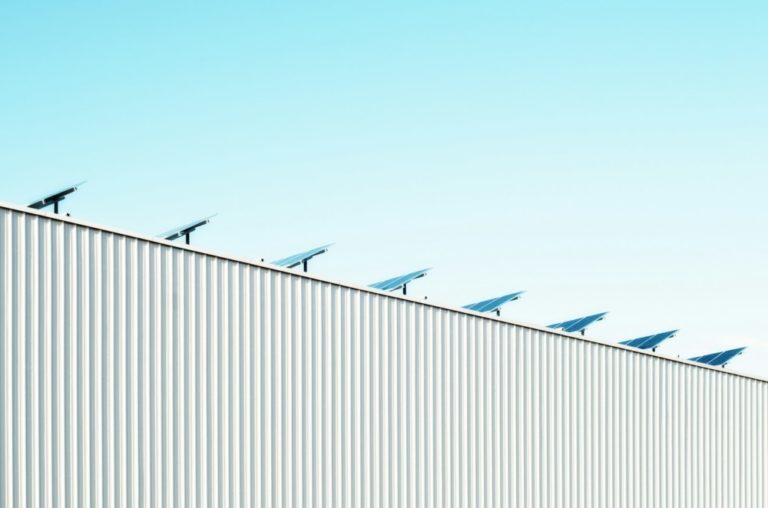Southeast Asia Charges Toward Clean Energy Future with $12 Million Investment

The Swedish development finance institution Swedfund announced a $12 million investment in the Southeast Asia Clean Energy Fund II (SEACEF II), a move that will provide critical scale-up capital for early-stage companies focused on advancing the low-carbon energy transition in fossil fuel-dependent economies across Southeast Asia.
While the region is projected to see robust economic growth in coming years, many Southeast Asian nations face challenges in meeting emissions reductions targets due to heavy reliance on fossil fuels like coal and natural gas. The renewable energy sector also suffers from a lack of financing, hindering the development of viable clean energy projects.
Swedfund’s investment in SEACEF II aims to accelerate the shift to renewable energy in countries like Indonesia, Vietnam and the Philippines by funding cleantech startups and growth-stage companies involved in renewable power generation, energy efficiency, battery storage and other emissions-reducing technologies.
Experts say that development finance institutions and blended finance vehicles like SEACEF II play a crucial role in mobilizing private investment for early-stage and innovative clean energy companies and projects, especially in emerging markets.
“By investing in SEACEF II, Swedfund has the possibility to support the development and scale-up of companies that are central to enabling an accelerated low-carbon transition and sustainable development in Southeast Asia,” said Gunilla Nilsson, Swedfund’s Investment Director for Energy & Climate, in a statement.
In addition to emissions reductions, the fund’s portfolio companies are expected to increase access to cleaner, more affordable energy while supporting sustainable economic growth in the region.
Swedfund was the first institutional investor in SEACEF II, which is managed by Singapore-based Clime Capital Management. The fund has a focus on environmental, social and governance (ESG) performance, including labor rights, climate, biodiversity and gender equity.
Other investors include the development banks FMO, British International Investments, Norfund and the International Finance Corporation (IFC), part of the World Bank Group. The fund has also received backing from the Global Energy Alliance for People and Planet (GEAPP).
With its mix of public and private capital, SEACEF II exemplifies the blended finance approach that experts say is vital for catalyzing investment in clean energy across emerging markets like Southeast Asia. By demonstrating the viability of early-stage technologies and business models, the fund aims to pave the way for larger-scale private investment in renewables.
Swedfund’s move comes as Southeast Asian governments push to ramp up clean energy capacity and meet rising power demand in a more sustainable manner. However, realizing the region’s full renewable potential will require significantly more capital. Funds like SEACEF II seek to fill that financing gap while also driving innovation in areas like battery storage and energy efficiency.
With its extensive experience investing across emerging markets, Swedfund is well positioned to support SEACEF II’s mission of propelling Southeast Asia’s clean energy transition while delivering strong financial returns. The fund’s backers hope it can serve as a model for mobilizing private investment in sustainable infrastructure across the developing world.












